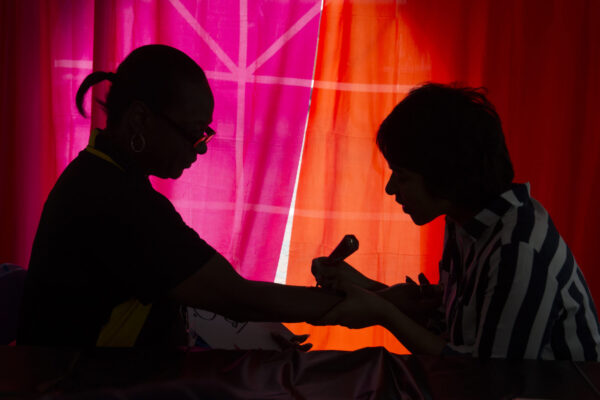New Report Highlights the Inequity in Black Women’s Experiences With Student Debt
Title: How Black Women Experience Student Debt
Authors: Victoria Jackson and Brittani Williams
Source: The Education Trust
A new report released by The Education Trust sheds light on how Black women experience student debt and offers policy suggestions to make college more affordable for future students. This report is the first in a series of four reports forthcoming from The Education Trust using data from the National Black Student Debt study.
According to the report, women hold nearly two-thirds of the over $1.7 trillion of student debt held by borrowers in the United States. Citing the legacy of systemic racism, inequitable distribution of wealth, a stratified labor market, and rising college costs, the authors discuss how Black women are further burdened by the impacts of student loan repayment. As Black women experience both sexism and racism simultaneously, the authors note the impact of intersecting identities and the resulting challenges in needing to borrow more to cover costs of education and increased issues with repayment.
The report covers five major areas, connecting to the larger structural barriers Black women face in repayment of student debt:
- High costs of college: College costs have risen without financial aid keeping pace, requiring Black women in particular to borrow more to cover college costs.
- Return on investment: For Black women, the return on investment on college is lower than men of all races and most women. Black women, age 25-64 with a bachelor’s degree, hold median earnings of approximately $61,000 compared to nearly $92,000 for White men.
- Prevalence of racial wealth gaps: The report references the challenges to repayment stemming also from the lack of generational wealth for Black households, noting the 2019 median Black household had approximately $24,000 in wealth compared to the median of approximately $188,000 for a White household.
- Student parents: With Black women more likely to be student parents, the costs of child-rearing and childcare contribute to the need to borrow more for an education.
- Challenges in managing repayment: 12 years after starting college, Black women owe nearly 13% more than they borrowed compared to White men and struggle to make monthly payments.
The report concludes with several federal policy recommendations to address the impact of the student debt crisis on Black women.
To read the full report, please click here.
—Ben Cecil
If you have any questions or comments about this blog post, please contact us.


